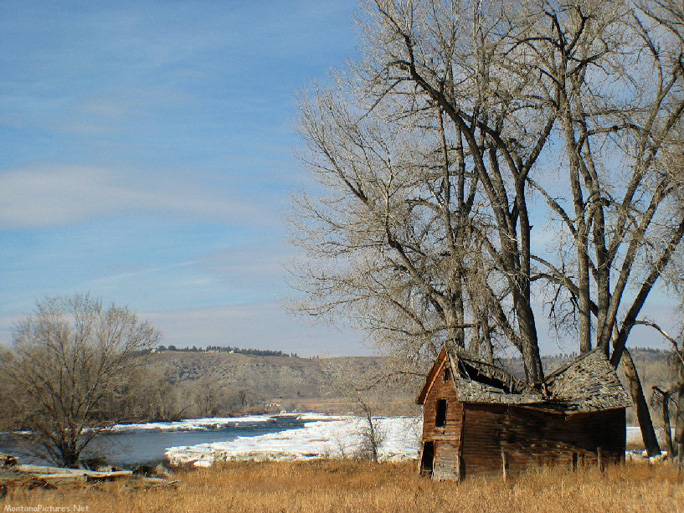
Pioneer Landing is integrated into the town of Columbus, Montana, a historic community nestled at the confluence of the Stillwater and Yellowstone Rivers, within the sheltered embrace of grassy hills and sandstone bluffs. Nearby, fertile fields are tilled and tended by hardworking farmers and ranchers, most with multigenerational ties to the land.
With a population of around 2,000 people, the small, close-knit community of Columbus is quintessential Montana, where folks know each other by name and neighbors are like family. Its well-cared-for downtown storefronts provide cheerful welcome, with shops and restaurants hosting both amenities and entertainment. A K-12 school and public library foster learning, growth, and connection. A city park runs the length of the town between the railroad and the downtown shops on the main street. Grassy hills, streams and rivers, and towering cottonwood trees, standing like sentinels and messengers of the presence of water, define the landscape.
The history of the town of Columbus dates back to the 1800s. Originating as a stagecoach station on the route along the Yellowstone River, it was first called Sheep Dip, then Stillwater, before Columbus was officially chosen in 1893. For centuries prior, the area was part of the homelands of the Apsáalooke, or Crow tribe, for whom the neighboring town of Absaroka was named when the Crow reservation was located there between 1975 and 1884. The land was revered and valued for its agricultural richness — a quality still recognized today. Those who work the land are still the lifeblood of this place — blue-collar professionals, humble and strong.
Columbus may be small, but it sits at the doorway to the biggest economic hub in eastern Montana, northern Wyoming, and the western Dakotas — Billings, a growing city with a population of 150,000. Columbus itself is also the threshold to the Beartooth Plateau and the remarkable, iconic landscapes that flank the high peaks. The Stillwater and Yellowstone rivers meet just half a mile west of downtown. Both are world-famous trout fisheries and popular floats for rafts and drift boats. Their pristine waters support people, plants, and wildlife, flowing east to meet the mighty Mississippi and, eventually, the Gulf of Mexico. Since time immemorial, the shifting of the river channels deposited nutrient-rich soil across the valleys, making the earth here dark, fertile, and ideal for growing crops and grazing animals. The surrounding area is known as excellent hunting territory, with many accessible pockets of public land.
In downtown Columbus, the main intersection is also the northern terminus of Montana Highway 78, one of the state's most scenic drives. Here, folks are invited to slow down and breathe the fresh air as they prepare for the next leg of their journeys. From the town center, multiple scenic drives beckon to motorists — tugging at our sense of adventure. The timeless allure of winding, two-lane roads, weaving among fertile, sagebrush-kissed hills, plains, and river valleys, carry drivers upward, opening to forested foothills and jagged peaks — the Beartooths, perhaps Montana's most iconic range and home to its tallest peaks. Here, earth and sky seem to meet, calling to hardy, adventurous souls to test their mettle in the serene solitude of the alpine. Further south lies Beartooth Pass, Cooke City, and Yellowstone National Park.